Hydrate to Educate: Water Solutions for Schools
By Urban+
Drinking fountains might seem like a small part of school infrastructure—but its impact is anything but. Across Australia, more and more schools are realising that access to fresh, clean drinking water is essential. It’s not just about quenching thirst—it’s about supporting student health, energy, focus, and learning every day.
Backed by research
Research continues to highlight just how much hydration affects the way children think, behave, and feel. Even slight dehydration can lead to fatigue and poor concentration—something no student or teacher wants in the middle of a busy school day. As school populations grow and needs become more diverse, ensuring water access is easy, appealing, and inclusive has never been more important.
That’s why we’re seeing a big shift away from the old-school bubbler and towards more modern hydration stations. These new systems are designed to serve more students at once, with chilled water, refill points for bottles, and bubblers at multiple heights. They’re also more accessible—DDA-compliant models ensure students with mobility challenges aren’t left out. It’s a quiet but powerful way schools are showing that everyone belongs.

Crucially, modern hydration infrastructure also supports schools’ sustainability goals. By promoting refillable bottle use and reducing reliance on single-use plastics, these hydration stations help instil environmentally responsible behaviours from a young age —reducing waste and lowering the school’s overall environmental footprint.
Retrofit Options for Rural and Remote Schools
A particularly important development has been the increased availability of retrofit-friendly hydration systems. These are proving especially valuable in rural and remote schools, where access to trades, materials, and infrastructure upgrades can be limited or delayed. Retrofit solutions are designed to integrate with existing plumbing and infrastructure—while delivering significant functional improvements. For schools where budgets are tight or building works must be scheduled around distance and resource constraints, retrofitting presents a practical and highly appealing alternative.
We’re also seeing schools embrace customisation. By incorporating school colours, logos, or even student-designed artwork onto their water stations, schools can embed a sense of identity and pride into functional infrastructure. This visual familiarity helps normalise regular water consumption and reinforces healthy habits among students.
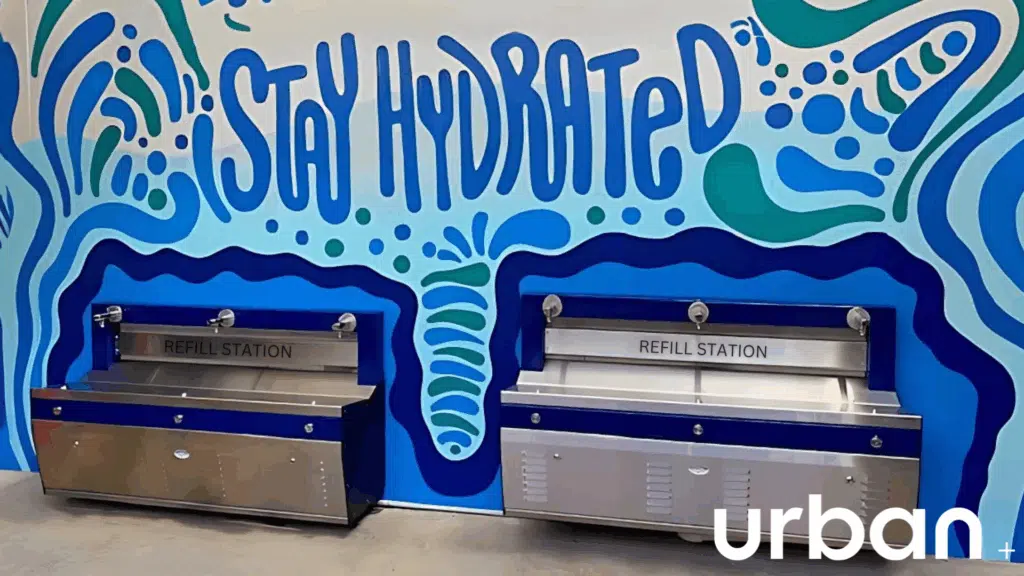
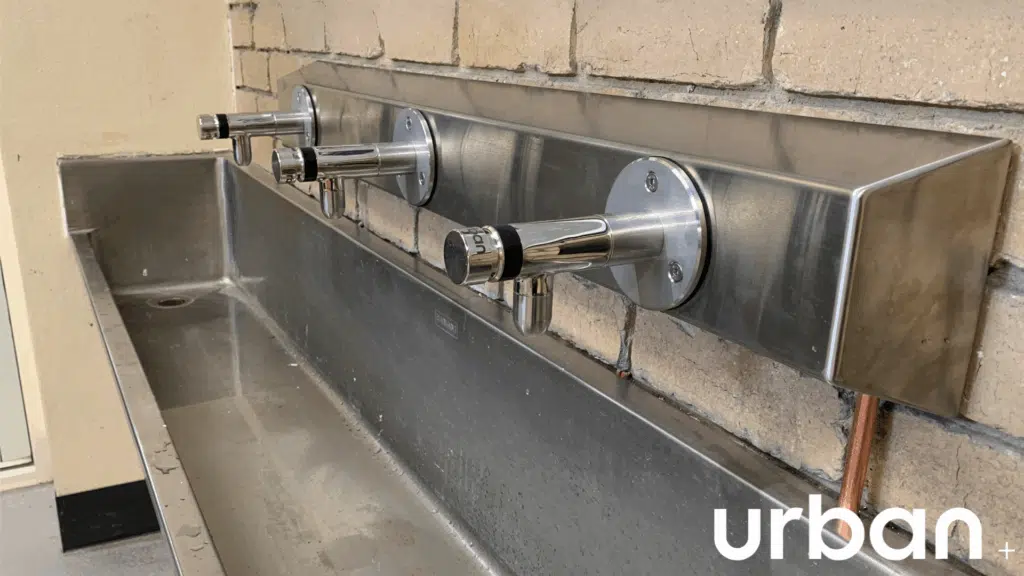
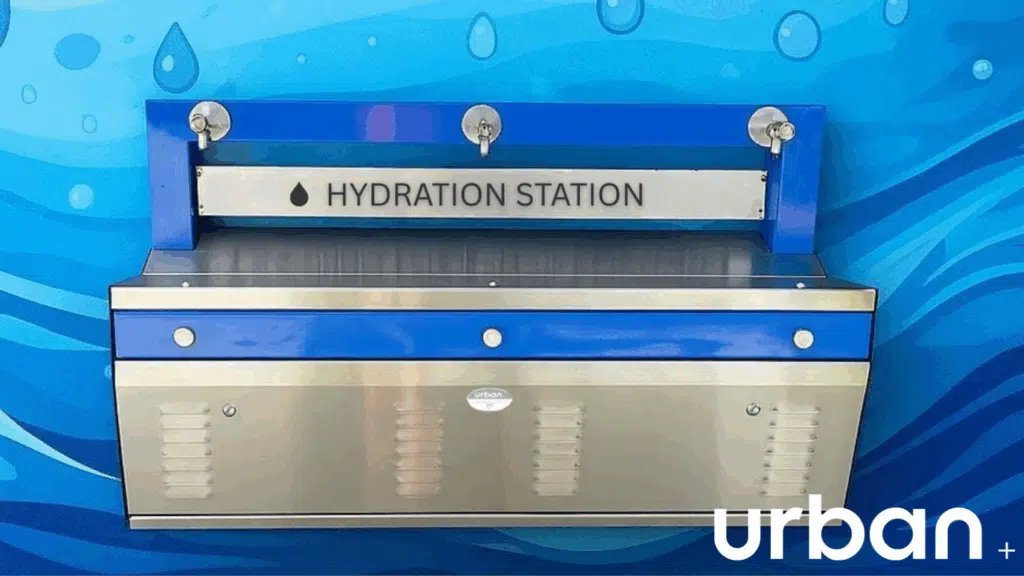
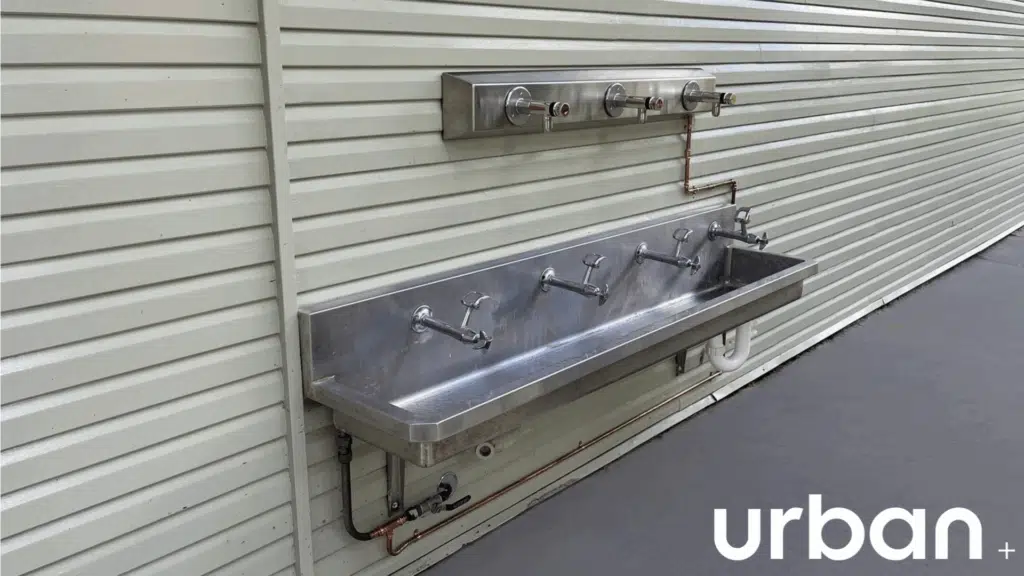
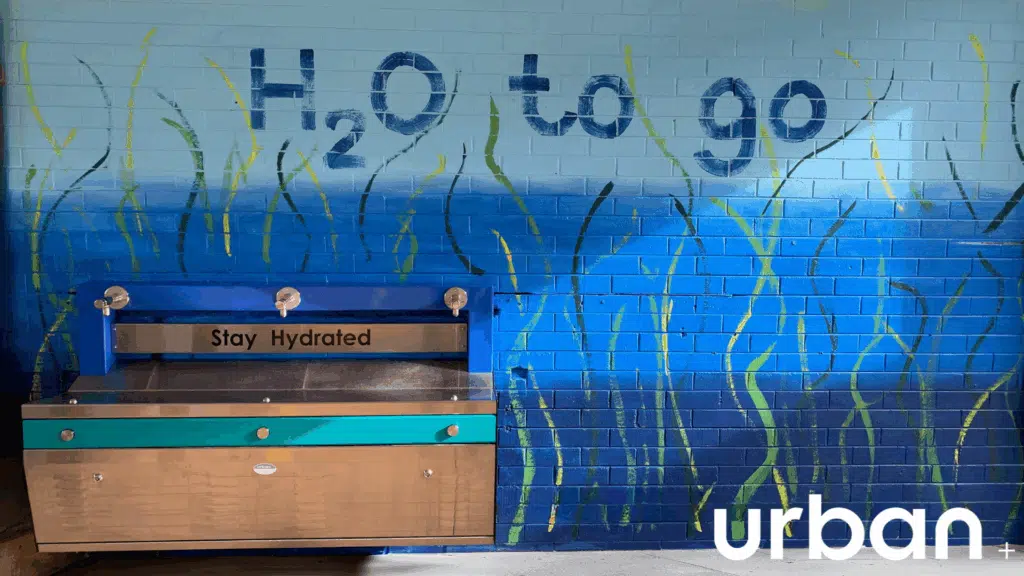
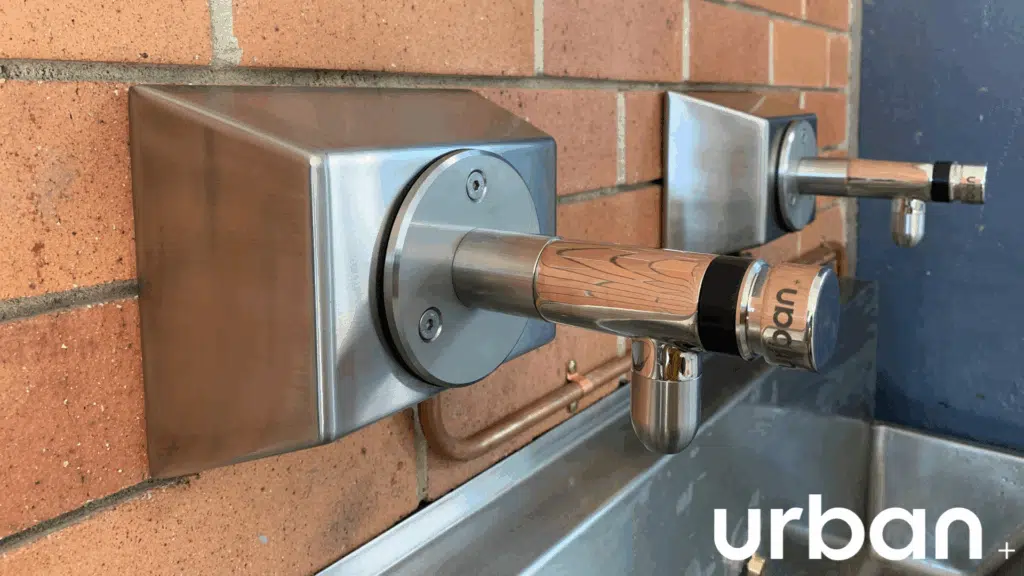
Additionally, the integration of filtration systems is now seen as best practice, particularly in areas with ageing pipe networks or inconsistent water quality. Filtration not only improves taste—which significantly impacts how likely students are to choose water over sugary drinks—but also reassures parents and school staff that students are accessing safe, clean water throughout the day. In an era of heightened awareness around hygiene and student health, this added assurance is invaluable.
Simple Changes That Help Students Thrive
Sometimes, the most impactful changes are the simplest. When a student has easy access to clean, chilled water, they’re not just staying hydrated—they’re being set up to thrive. And that’s what education should be all about.
Ready to make hydration effortless at your school? Visit our new Schools website today and let’s get started.
